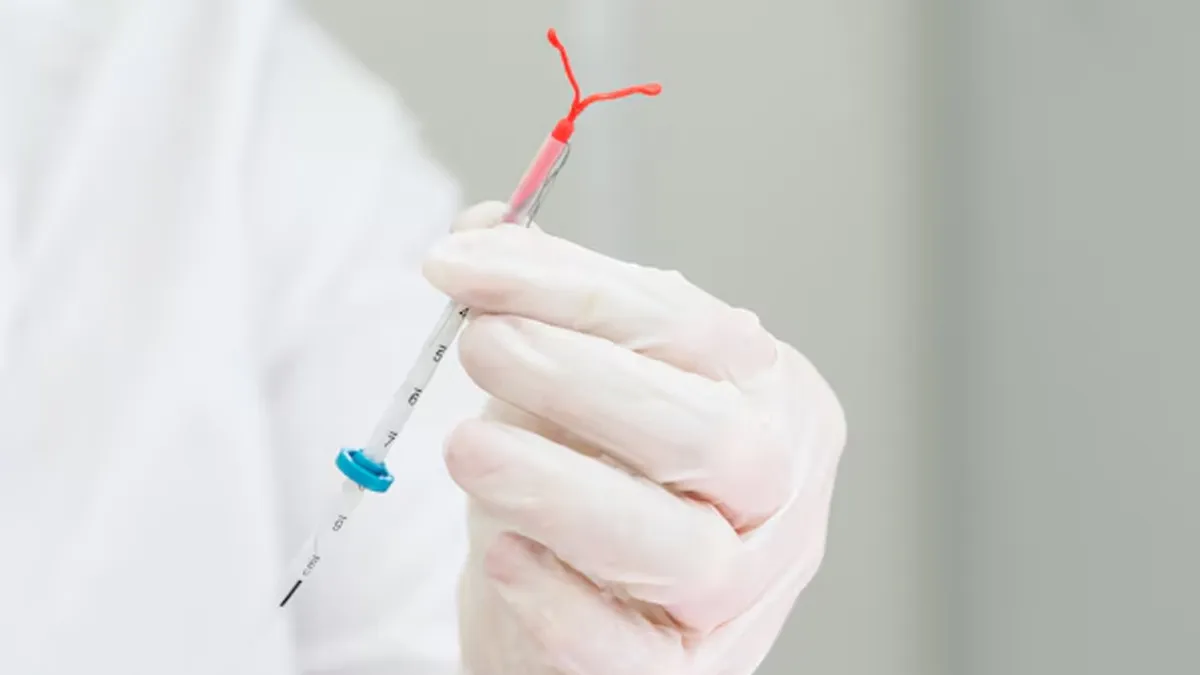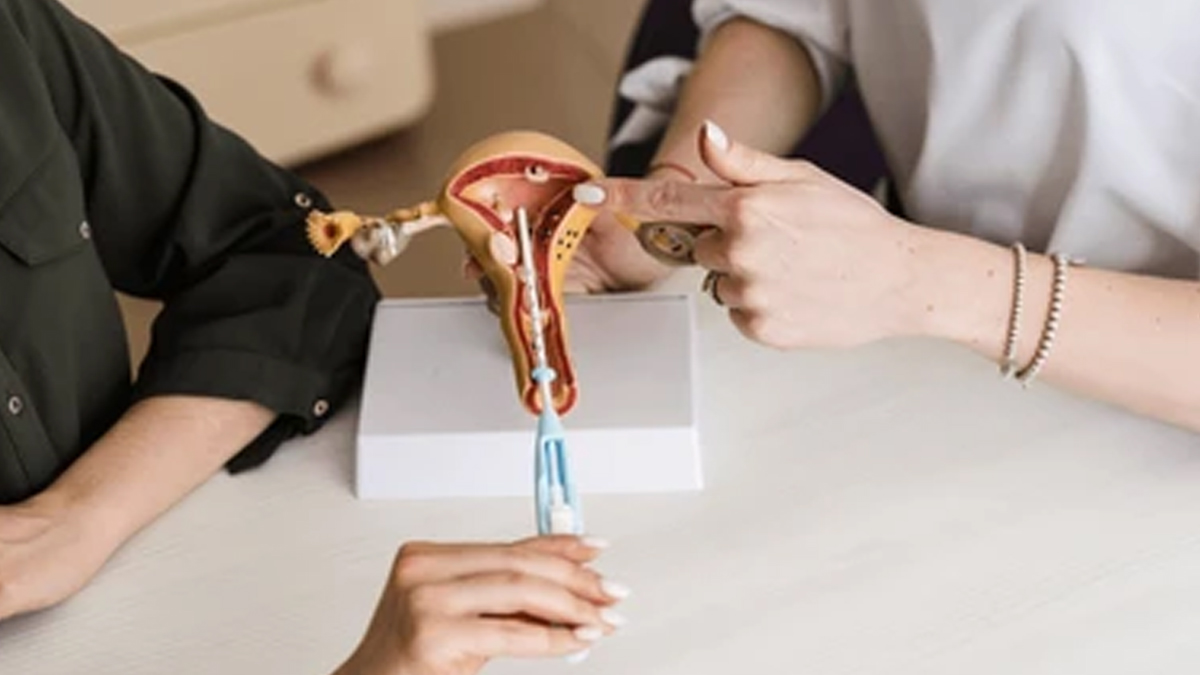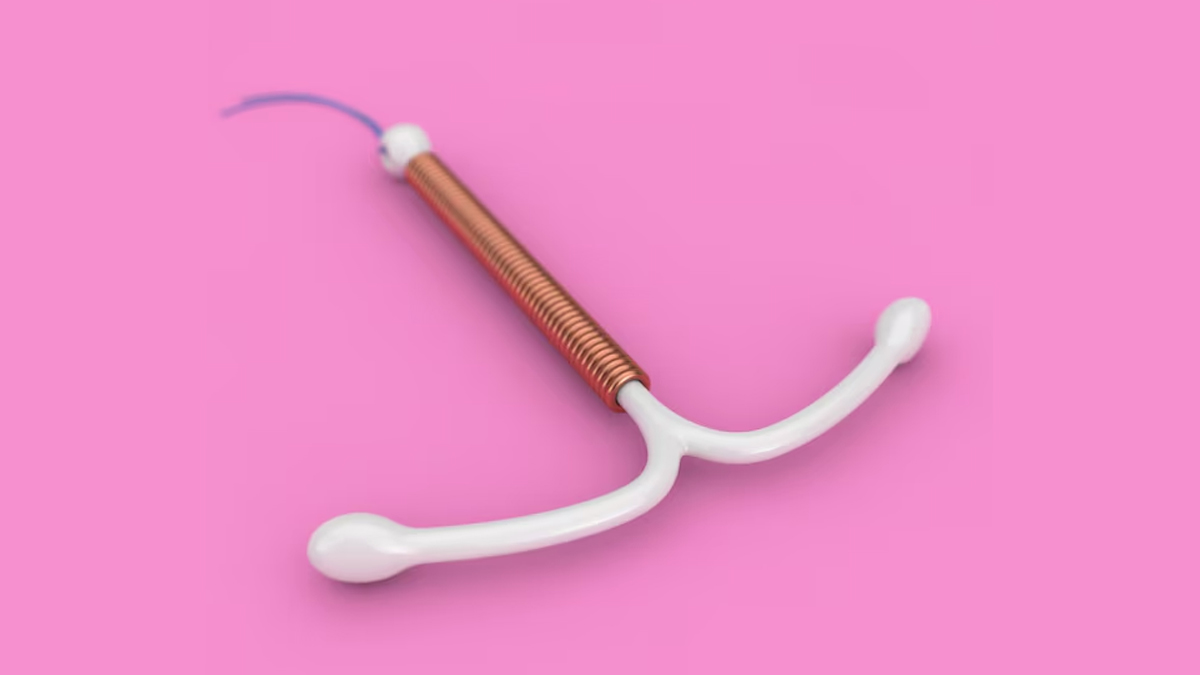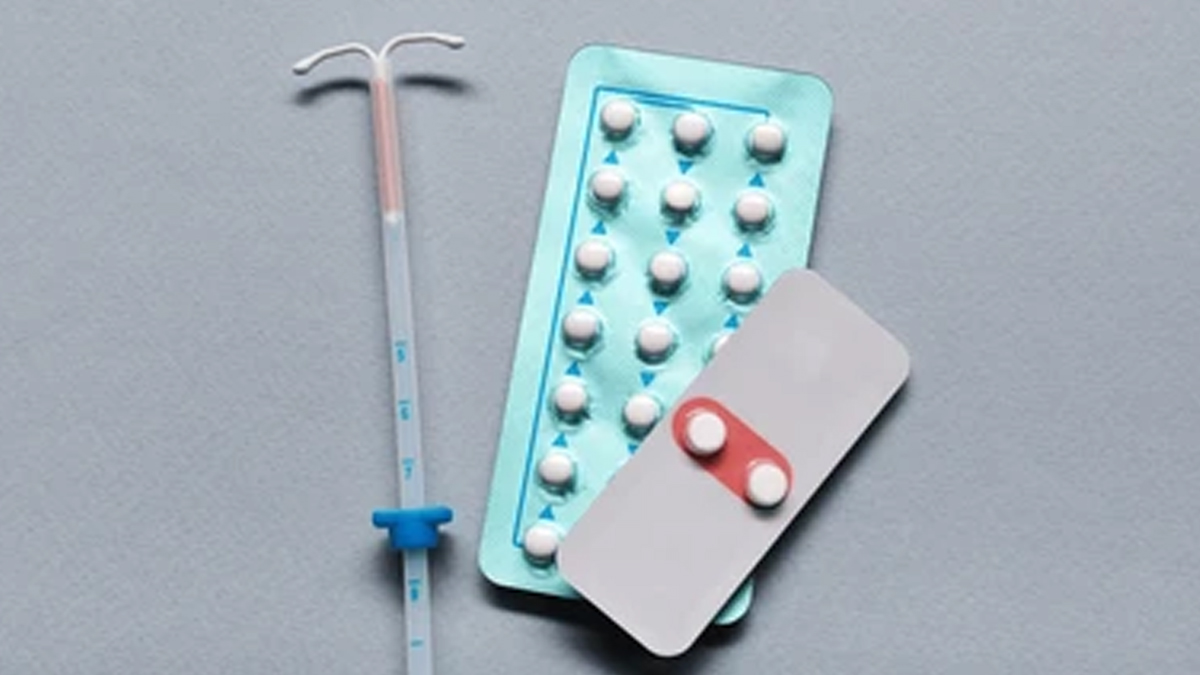
There are several reasons why some couples make the mutual decision to not have children. Acknowledging and respecting this choice, medical professionals have come up with several methods to prevent pregnancy. An Intrauterine Device (IUD) is one such innovation. It is a small T-shaped plastic device that's inserted into the uterus to prevent pregnancy. However, those who opt for this type of contraception often have various questions, including whether or not it is painful.
Table of Content:-
To answer the same and to help you find out what to expect during the procedure, the OnlyMyHealth team spoke to Dr Manisha Singh, Additional Director - Gynaecologist and Subspecialist in Reproductive Medicine and Surgery, Fortis Hospital, Bannerghatta Road, Bengaluru.
Also Read: Misconceptions About Contraception Overshadow The Facts: Expert Dispels Common Myths
What Is An Intrauterine Device (IUD)?

Intrauterine Device (IUD) is a type of contraception or birth control that is inserted into the uterus to prevent pregnancy. IUDs are one of the most reliable ways to stop pregnancy, lasting for five years or more.
In general, there are two types of IUD: the hormonal IUD and the copper IUD. While hormonal IUDs release progestin, which thickens cervical mucus and thins the uterine lining, copper IUDs release copper, creating a toxic environment for sperm and potentially preventing fertilisation.
Can IUD Insertion Be Painful?

According to Dr Singh, getting an IUD can hurt or be painful for some people. However, the level of pain varies from person to person. “Some people may experience mild discomfort, while others may feel more significant pain. Your healthcare provider can discuss options for managing pain during the procedure,” he said.
The doctor added that the pain or discomfort from an IUD insertion typically lasts for a few minutes to a few hours after the procedure. Some people may experience cramping or spotting for a few days after the insertion. However, these symptoms usually resolve on their own within a week.
It is also important to note that individual circumstances and the choice of IUD method also influence pain levels. A 2023 study published in The European Journal of Contraception & Reproductive Health Care, involving 1,076 women, compared pain and ease of insertion between two IUDs: the LNG-IUS 52 mg and the copper IUD (TCu380A). Nearly half reported intense pain during insertion, with nulligravidas, or women who have never been pregnant, experiencing the most pain. Pain was higher with LNG-IUS 52 mg. Healthcare providers also found that insertions were difficult in women with prior C-sections.
What To Expect During The IUD Insertion Procedure?
“Short sedation or anaesthesia may be used for medicated IUDs,” said Dr Singh. He added that healthcare providers may recommend options such as Nonsteroidal Anti-Inflammatory Drug (NSAID) or plain paracetamol to help reduce pain and discomfort.
They may also use a local anaesthetic or a device to help dilate the cervix and make the procedure more comfortable, the doctor noted.
Also Read: Is Your Birth Control Pill Causing Mood Swings? Here’s What You Need To Know
Are There Any Side Effects?

Common side effects after getting an IUD may include cramping, spotting, and changes in menstrual bleeding. For hormonal IUDs, other side effects may include breast tenderness, mood changes, and acne. For copper IUDs, side effects may include heavier or longer periods and cramping. These side effects usually resolve on their own within a few months.
Conclusion
IUDs are a great option for people not planning to have kids anymore. While it may be painful, the level of pain may vary depending on individual factors and the choice of IUD method. It is best to explore options and talk to your doctor for better guidance.
Also watch this video
How we keep this article up to date:
We work with experts and keep a close eye on the latest in health and wellness. Whenever there is a new research or helpful information, we update our articles with accurate and useful advice.
Current Version